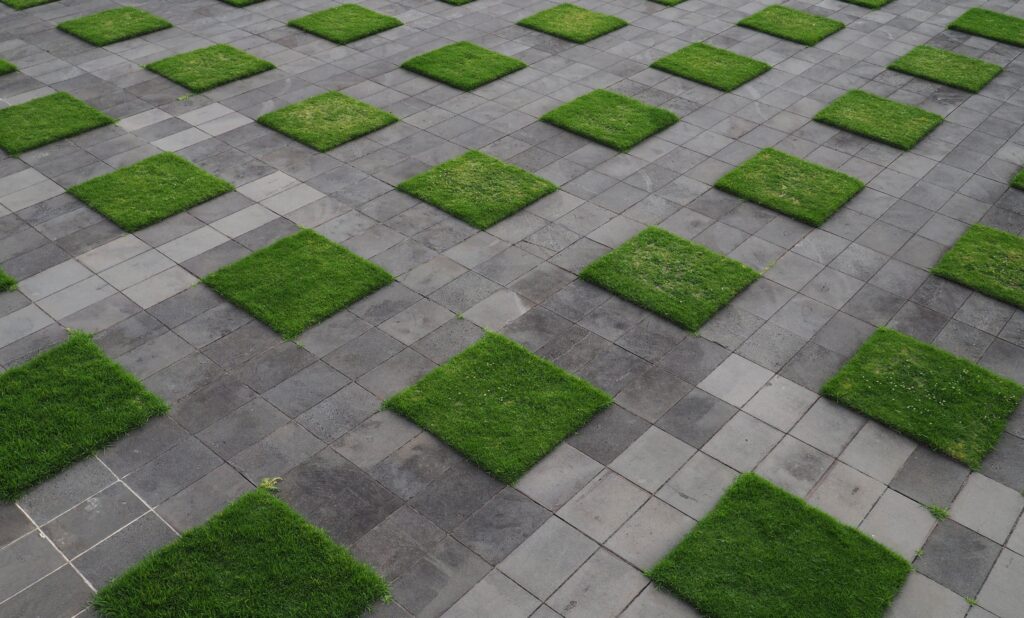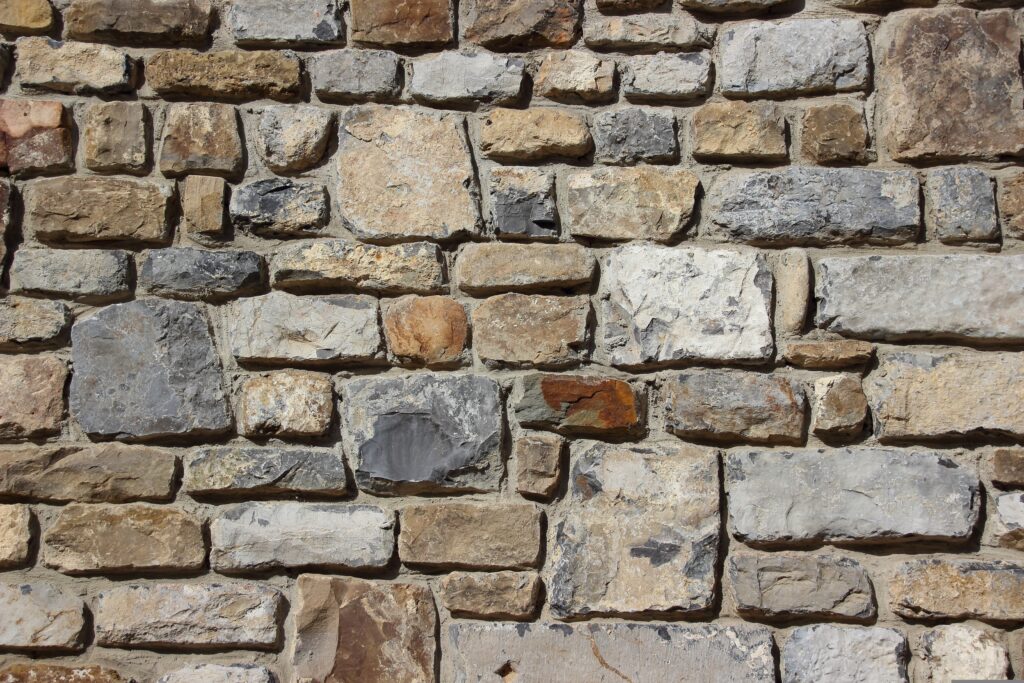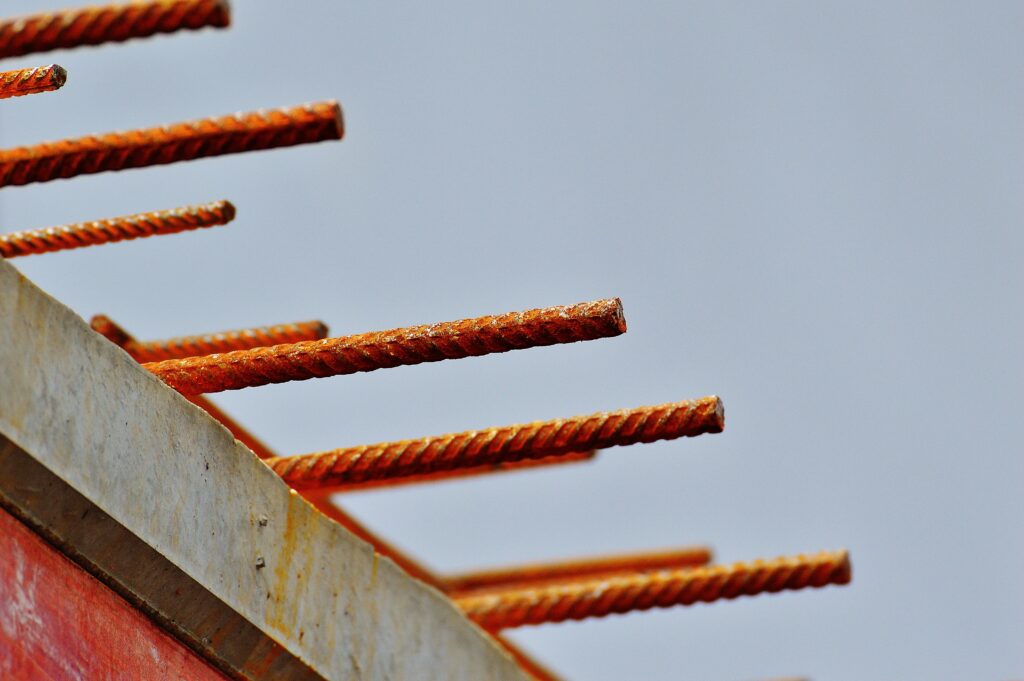10 Sustainable Building Materials for Eco-Friendly Residential Homes

10 Sustainable Building Materials for Eco-Friendly Residential Homes
We are familiar with constructing green building materials like concrete, wood, and mud bricks. These traditional sustainable construction materials require cutting down trees for wood and mining resources for cement production, which is used to bind sand, gravel, and bricks. However, there are a number of other green building materials that can be used to construct a green home. Profile Limited – Architects and Engineers can help you choose the right materials and design your home to be as energy-efficient and sustainable as possible.

What Are Sustainable Building Materials In Home Construction?
Environmentally friendly goods and construction materials do not cause any harm to the environment. These products promote the adoption of sustainable lifestyles and environmentally responsible manufacturing methods. Essentially, eco-friendly products contribute positively to the environment rather than causing any negative impact like carbon dioxide or any greenhouse gas emissions.
For a product to be considered eco-friendly, a corporation must explicitly mention the specific characteristics that make it favorable to the environment. It is essential for eco-friendly items to clearly demonstrate, through information on the packaging or the company’s website, how they are safe and beneficial for the environment.
Listed below are the top 10 environmentally friendly and sustainable building materials that can be used in construction to promote a better future, incorporating modern methods and green substitutes.

Green Concrete: A Great Material That Can Be Used from Floor to Roof
The term green concrete refers to concrete that has gone the extra mile in designing and laying out the mix to ensure sustainable on the construction site, long life, and a surface that requires little maintenance like Reduced energy consumption, CO2 emissions, and wastewater. Green concrete is also used for roofs, where it can help to reduce the amount of heat that enters a building, improve insulation, and even provide a space for vegetation.
The Center for Green Concrete works to reduce the negative environmental impact of concrete. New techniques are being developed to make this possible. The technology considers all stages of the life cycle of concrete structures.

Recycled Plastic/Eco Bricks
Eco bricks are reusable construction sustainable alternative materials manufactured from recycled plastic packed inside precise density plastic bottles. Plastic trash is regarded as a durable and long-lasting material, making Eco bricks an environmentally beneficial method for repurposing non-biodegradable plastic debris. Keeping plastic out of the ecosystem thereby prevents environmental pollution so are preferred as one of the most sustainable materials.
Eco bricks can be used to construct a variety of structures, including green roofs. They are a sustainable and affordable option that can help to reduce the amount of plastic waste in landfills. Eco bricks are also strong and durable, making them a good choice for roofing applications. In addition to the environmental benefits of using eco bricks, they are also a more affordable option than traditional building materials. This is because recycled plastic is often very inexpensive, and the process of making eco bricks is relatively simple.

Bamboo: An Affordable Green Material
Bamboo is an extremely eco-friendly building material with several sustainability qualities that have propelled it to the forefront of the green building sector. It is one among the world’s quickest growing plants. Bamboo is a fantastic building material for individuals who want to live an ecologically responsible lifestyle because it can be harvested in four to five years.
Bamboo is a superb substitute for timber because it possesses strength, longevity, and a significantly lower weight compared to conventional wood. In tropical regions, bamboo is frequently employed as a construction material due to its innate ability to withstand moisture, heat, and insects, which render it a splendid option for outdoor building. Moreover, bamboo serves as an outstanding deterrent to sound, thus making it perfect for noise insulation in densely populated residential areas.

Stone: A Historical Signature Material Used in Construction
Residing in a stone edifice is easy to upkeep and environmentally friendly, and any surplus stone from the construction can be utilized for household adornments like countertops or tile. Constructing with stone does not emit any harmful substances or toxins into the inside of your dwelling, and since it is naturally occurring, there is no need for any other materials to fabricate the substance itself. Due to the inherent beauty of stone, you will also save money on paint and finishing, and the durability of stone structures makes it a simple building to insure. However, it is important to note that stone can be susceptible to fungus growth, especially in humid climates. If you live in a humid area, you should take steps to protect your stone structure from fungus, such as by sealing the stone and providing adequate ventilation.

Cob: A Classy Eco-Friendly Construction Material
If you want to build your own ecologically friendly home, cob is a natural material that is easy to work with, even for novices. Cob is made out of earth, sand, straw, and sometimes lime. Building cob buildings takes longer than standard construction, and it is critical to monitor moisture levels in order to avoid mold and other health problems. Because most insurance companies consider cob houses to be high-risk, finding coverage from traditional sources may be difficult.
It is important to harvest the materials in the right season. The earth should be harvested in the spring or fall, when it is not too wet or too dry. The sand should be harvested in the summer, when it is dry. The straw should be harvested in the fall, after it has been dried.

Cork: A Green Home Material for a Sustainable Future
Cork has a rapid growth rate, similar to bamboo. It can be extracted from a living tree that is actively growing and generating fresh cork, which is the outer layer of the tree trunk. The cork maintains its pliability and sturdiness even when subjected to pressure and can bounce back to its original form. Because of its strength and resilience, it is frequently employed in flooring tiles.
Furthermore, it is well-suited for insulation sheets and base flooring because of its excellent ability to absorb shocks. It also excels at absorbing sound with using less energy. Mycelium insulation is made by growing mycelium on a substrate, such as straw or wood chips. The mycelium binds the substrate together, creating a solid material that can be used to insulate walls, roofs, and other parts of a building.

Straw bale: An Affordable Green Building Material
Although some individuals may express skepticism, materials like straw is an alternative organic substance that can serve as a base for walls in construction. However, due to structural issues, it may be challenging to find an insurance provider willing to cover a straw-based home (although certain insurers do offer coverage!).
Upon completion, straw bale constructions commonly feature a plaster finish. Interestingly, research indicates that this plaster can enhance the fire resistance of straw bale homes compared to conventional constructions. This distinctive environmentally friendly building method of building is both cost-effective and sustainable, but caution should be exercised regarding potential pests and allergens.

Wood: A Great Natural Material for Insulation
Recycled timber is a superb eco-friendly construction resource and is gaining more and more recognition as a choice. Recycled timber has been previously employed in different contexts but is presently being repurposed in building projects. It can be obtained from assorted origins, such as dismantled structures and disassembled furnishings. Recycled timber can be applied in diverse manners, including as flooring, edging, and cupboards.
The utilization of repurposed timber can also add a visually pleasing aspect as well as maintaining carbon footprint with no carbon emissions. Its natural aging process results in distinct designs, textures, and hues. This can generate a captivating, country-style appearance that can establish a one-of-a-kind ambiance.
In addition to its aesthetic appeal, recycled timber can also be used for insulation. The wood fibers in recycled lumber are naturally good insulators, and they can help to keep a building warm in the winter and cool in the summer. Recycled lumber insulation is also a sustainable option, as it helps to reduce the amount of waste that is produced.

Steel Rods: Recyclable, Sustainable Material
The practice of utilizing steel again has achieved great results in the field of recycled materials. Nowadays, when a building is taken down, nearly all of the supportive steel, around 98 percent, goes through the process of recycling instead of being discarded in garbage sites because of its energy efficiency. Iron-derived rebar steel serves the purpose of strengthening a construction, much like bamboo. Utilizing this material is highly favored in the construction industry, therefore, obtaining permits for building or acquiring home insurance should not pose any issues. In truth, homes constructed with steel frames are more affordable to insure compared to those made from wood frames.

Recycled Glass: From Waste to Sustainable Building Material
Glass is a readily reusable energy efficient material for construction purposes. Currently, around 27 percent of manufactured glass is reused. By combining recycled glass with fly ash, a substance that resembles concrete, one can create blocks, panels, or molds for construction. Additionally, surplus glass can be converted into countertops, backsplashes, tiles, and glass mulch for outdoor use. However, structures constructed with recycled glass may face difficulties in obtaining insurance due to their non-traditional nature.
Glass is a renewable material, meaning that it can be recycled indefinitely. This makes it a sustainable option for construction, as it reduces the need for virgin materials. For every tone of recycled glass used in manufacturing, it saves 1.2 tones of raw materials.
